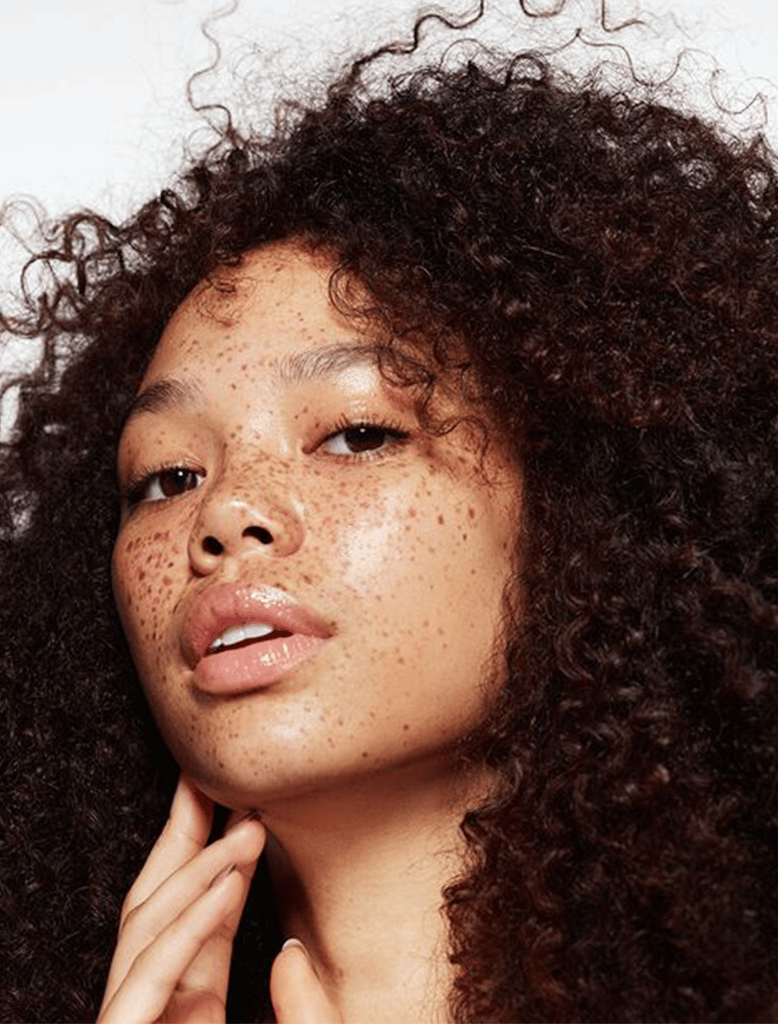
Pigmentation 101 and Prevention
Concerns with hyperpigmentation is a common complaint in the clinic and often includes hyperpigmentation caused by melasma, post-inflammatory hyperpigmentation (like post acne marks) and sun damage. In this newsletter, I will address sun damage and what can be done to prevent and reverse damage to the skin.
Sun damage affects skin all year round and occurs when unprotected skin is exposed to the sun. Summer days mean warmer temperatures and longer days, and it is particularly important to keep skin protected to prevent sun damage to the skin. Sunlight consists of different wavelengths of light including UVA and UVB rays. Both UVA and UVB rays are harmful to the skin, damaging the DNA in skin and can lead to skin cancer as well as premature ageing. Photoaging is the cumulative effect of UV exposure over time and contributes to wrinkles, pigmentation problems (freckles, age/liver spots, melasma), loss of skin elasticity, redness, uneven skin tone and broken capillaries, to name a few. UVA rays penetrate the skin more deeply than UVB rays, are present all year round and contribute to skin cancers and premature ageing. UVB rays are shorter than UVA rays and damage the outermost layer of the skin. UVB rays are responsible for sun tans, sun burns and blistering in severe cases.
UV exposure stimulates the melanocytes in skin to become over active which results in increased and often uneven pigmentation. The first step to treating hyperpigmentation is prevention. Protective clothing, sunglasses, hat and SPF are summer staples and essentials. Broad spectrum sun protection against UVA and UVB rays with an SPF of 30 or higher should be worn every day with re-application every 2-3 hours throughout the day when outdoors. The best sunscreen you can find is the one that you like using. Try to find one that you enjoy using and apply 15 minutes before going outside. My favourite sunscreens I like to layer on top of skincare include Elta MD UV clear, La Roche Posay Anthelios and Heliocare Gel.
Despite prevention, cumulative sun damage can become visible. There are numerous in office treatments that can be done to help reverse the signs of photo ageing.
For hyperpigmentation, topical prescription strength retinoids and lightening creams can be used for a gradual improvement in skin hyperpigmentation. The gold standard is topical hydroquinone, a cream used to suppress enzyme used to produce melanin in conjunction with a retinoid to help increase the elimination of melanin through exfoliation. Micro needling can be added to help treat hyperpigmentation, firm skin and improve skin elasticity as a series of treatments with little to no downtime. Often I combine topical creams with BBL (broad band light), a customized treatment using multiple wavelengths of light to reduce the appearance of pigmentation, brown spots, thread veins and diffuse redness. BBL also has the added effect of boosting collagen and elastin production to improve skin texture, tone as well as fine lines and wrinkles. Generally a course of treatments is recommended at one month intervals on un tanned skin. Not everyone is a candidate for this treatment, so it is important to have your skin evaluated prior to BBL.
Another personal favourite is Dermamelan, a chemical peel that is specifically formulated to improve hyperpigmentation and melasma on all skin types. Skin texture, tone and pigmentation are restored with this treatment. There is a week downtime with this treatment.
Fractional and ablative CO2 or Erbium lasers can also be used to combat photo-ageing. Fractional or ablative laser technology is used to stimulate collagen and elastin production, improve skin tone and texture, and reduce the appearance of pigmentation, fine lines and wrinkles. Often used with topical skin care preparations, this is the gold standard in skin rejuvenation. I often use a combination of light skin ablation with the Erbium laser followed by HALO, an innovative fractional hybrid laser used to improve skin texture, tone and deeply treat hyperpigmentation and scarring.
And remember if you are concerned about sun-damaged skin or moles, consult with your doctor with potential treatment options.